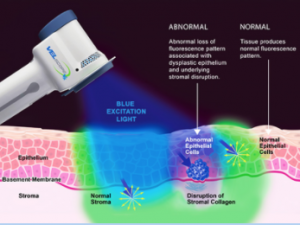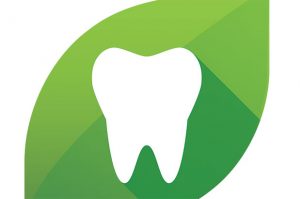Oral Cancer Awareness Month: The Importance of Screening & Early Detection
April is Oral Cancer Awareness Month, which represents an opportunity for dental professionals to raise awareness about early detection and treatment for their patients. According to the Oral Cancer Foundation, although an estimated 54,000 new cases of oral cancer will be diagnosed this year, “Regular oral cancer examinations performed by your oral health professional remain the best method for detecting oral cancer in its early stages.” At Falmouth Dental Arts, we’ve had a long-standing commitment to oral cancer screening for our patients. However, you may have some questions about oral cancer or how Dr. Brunacini, Dr. Karagiorgos, and the hygienists perform screenings during your appointment. We recently posted a video on our Facebook page, and wanted to provide some more basic information about oral cancer and our screening procedures.
Some of the risk factors for oral cancer include:
- Being over the age of 40.
- Tobacco use – heavy cigarette use (especially over the age of 50) has been linked to a higher incidence of oral cancer.
- Alcohol use – heavy drinkers of alcohol are more likely to develop oral cancer than nondrinkers.
- Sun exposure – lip cancers are associated with excessive sun exposure and a failure to use sunscreen.
- Human Papillomavirus (HPV) – although HPV is an extremely common virus that will usually clear on its own, a small percentage of those with HPV will go on to develop oral cancers. Men are more likely than women to develop oral cancer as a result of HPV. A vaccine is available (up to age 45), which prevents many strains of HPV, including those which increase the risk for oral cancers.
Warning Signs of Oral Cancer
Patients should let us know if they see any white patches in the mouth or gums or increased bleeding, as these can sometimes be signs of oral cancer. A good rule of thumb is, if you notice any recent changes to your mouth, teeth or gums, or experience any pain or tenderness, it is always a good idea to let us know. There is no such thing as a silly question!
Screening and Early Detection
Oral cancer screening is an important step in identifying cancer as soon as possible. When treated early, oral cancer has an estimated 80-90% survival rate. Regular dental care is a first line of defense against oral cancer. As your dental care partners, we are an essential part of your healthcare team, and see many of our patients at least twice a year!
What to Expect from Your Oral Cancer Screening
We screen our patients for oral cancer at every hygiene appointment. Our screening methods typically include a simple visual exam of the soft tissues of the mouth. We will examine the gum tissue, lips, cheeks, and tongue. We will also palpate (gently press on) areas of the face and neck to check for any nodules or lumps. If there is an area of concern, we may offer to do a VELscope screening. VELscope is a safe, non-invasive early detection screening device that emits a blue light that quickly allows our clinicians to identify abnormal cells before they are visible to the naked eye. The graphic below demonstrates the difference between healthy cells (Normal Epithelial Cells) and abnormal cells (Abnormal or Dysplastic Epithelial Cells), that become visible under the Blue Excitation Light.

If we have any reason for concern based on our visual exam and screening, the next step would be a referral to an oral surgeon for additional consultation. An oral surgeon may decide to perform a biopsy of the area for further evaluation. Most of the time, a biopsy will rule out oral cancer. However, if the biopsy is positive for precancerous or cancerous cells, additional treatment may be necessary. Throughout the evaluation and referral process, we will remain involved every step of the way to provide support and follow-up care. If you have any questions or concerns, please feel free to contact us, as we’re here to help!
Check out our new website – its new features are sure to make you smile!

